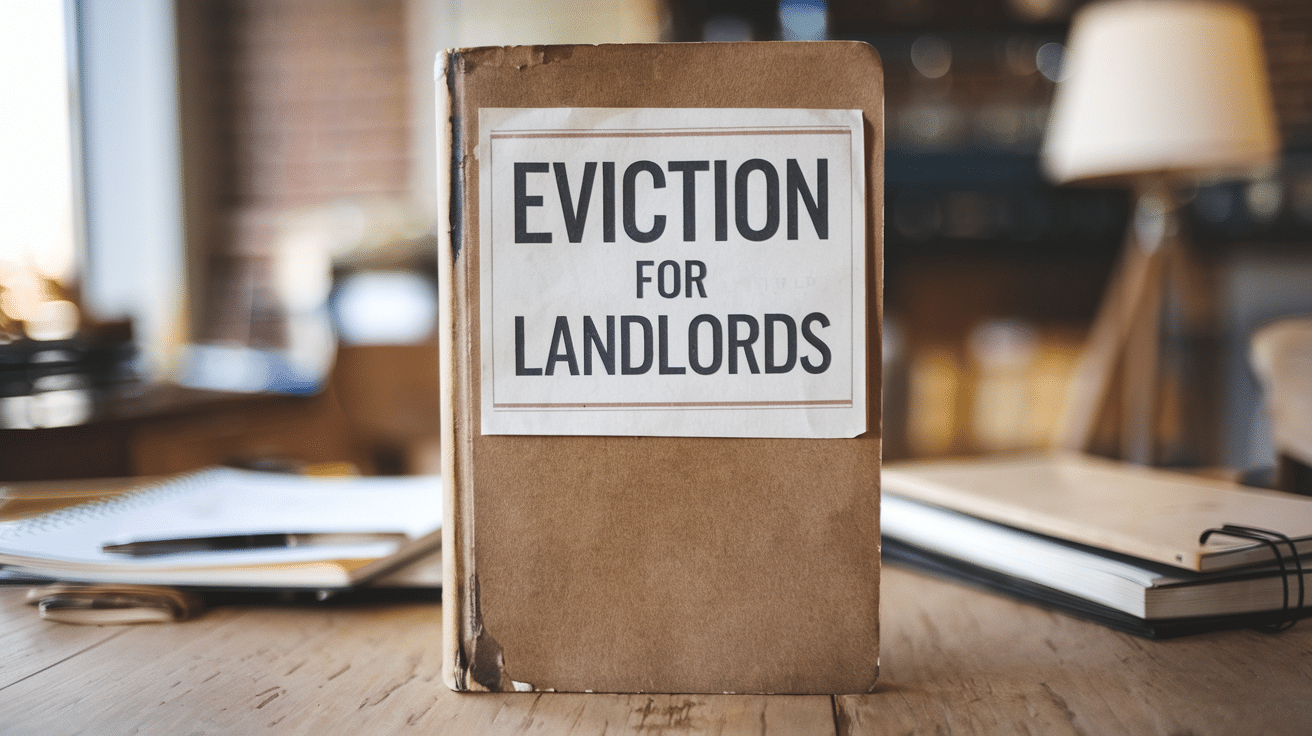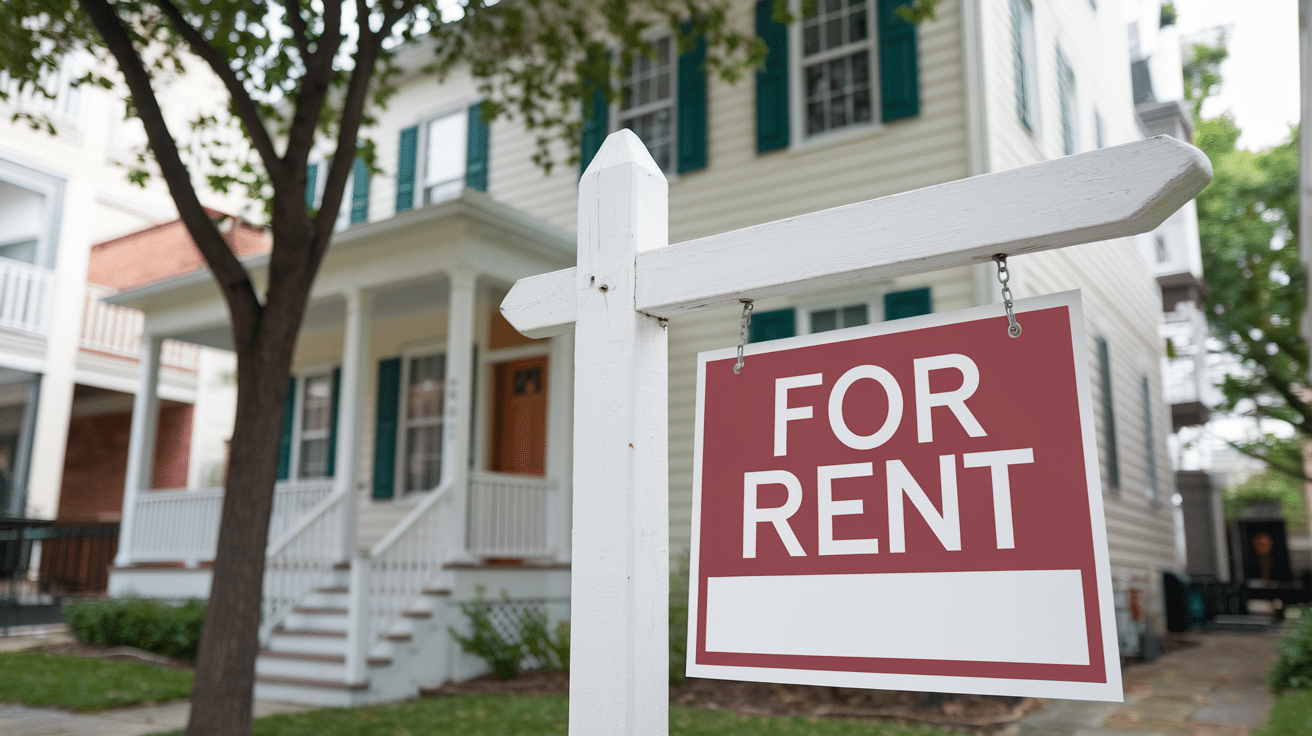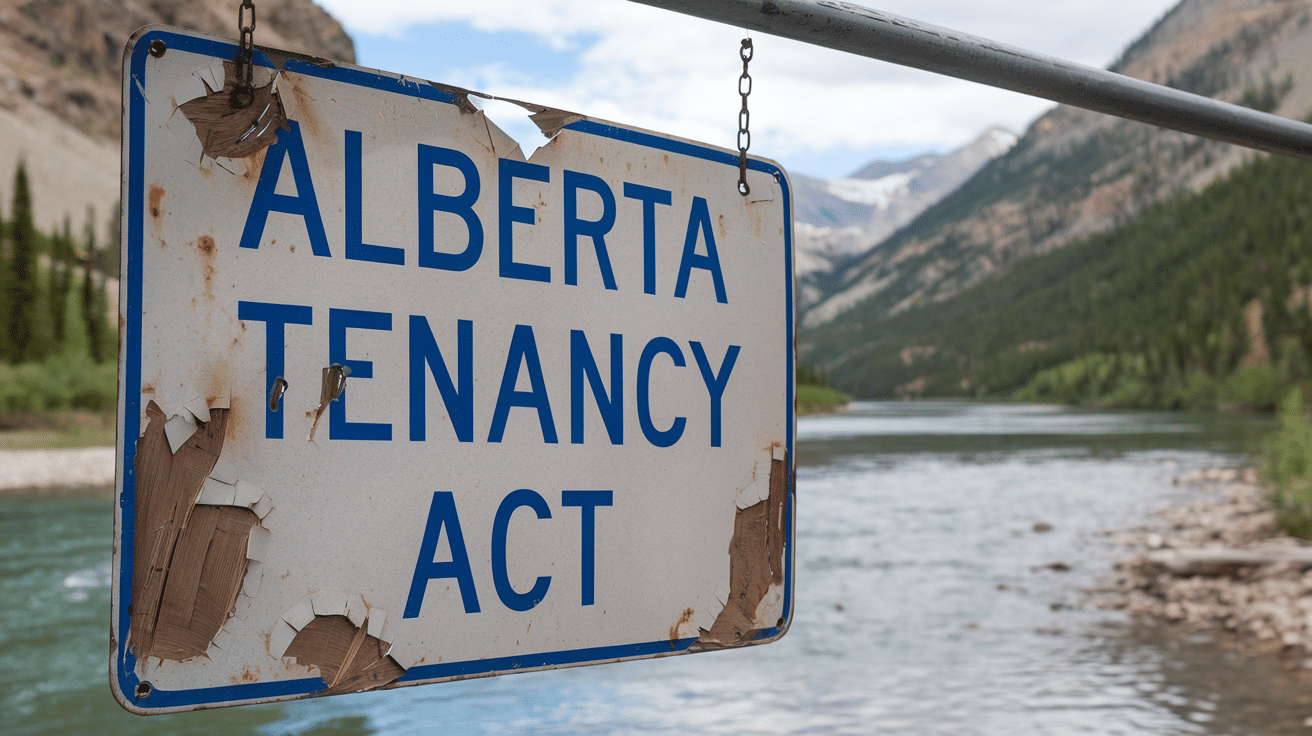Navigating the nuances between wear and tear and damage can be challenging for property owners and tenants alike. For Property Managers Edmonton, understanding these distinctions is crucial in maintaining harmonious landlord-tenant relationships and ensuring fair assessments during inspections. Wear and tear refers to the natural, gradual deterioration of a property over time, while damage is typically the result of negligence or accidents. Sometimes bug or roach infestation may count as negligence.
Property managers often face the task of determining whether a scuffed floor or chipped paint falls under normal wear and tear or constitutes actual damage. This distinction is vital as it influences repair responsibilities and financial implications. By clearly defining and communicating these terms, Property Managers Edmonton can help both parties understand their obligations and avoid disputes.
Key Takeaways
- Understand the Difference: Wear and tear refer to natural, gradual deterioration over time, whereas damage results from negligence or specific incidents, influencing repair responsibility and financial implications.
- Property Inspections: Regular inspections and detailed documentation help property managers accurately distinguish between wear and tear and damage, minimizing disputes and ensuring fair assessments.
- Examples of Wear and Tear: Common signs include minor carpet fraying, faded paint, and small nail holes, which result from normal usage and don’t imply negligence.
- Recognizing Property Damage: Damage impacts property condition and value, often caused by misuse or accidents, such as broken windows or malfunctioning appliances.
- Repair and Maintenance Strategy: Effective management involves routine maintenance to prevent issues, accurate assessment of damage, and coordination with contractors for timely repairs.
- Security Deposits and Responsibilities: Security deposits cover tenant-related damage beyond normal wear and tear, with detailed records and itemized deductions mitigating potential disputes.
Understanding Wear and Tear vs Damage
Wear and tear refers to the gradual deterioration of a property as a result of normal use. Examples include minor carpet fraying, faded paint, and small nail holes. These changes are expected over time and generally don’t imply negligence. On the other hand, damage stems from specific incidents unrelated to routine usage. This might include broken windows, large carpet stains, or significant holes in walls caused by accidents or misuse.
Recognizing these distinctions is crucial for property managers when evaluating tenant responsibility. Wear and tear often falls under the property’s maintenance, whereas damage might necessitate tenant liability. Proper identification influences repair decisions and financial allocations, ensuring that costs remain fair and transparent. Accurate assessments can also prevent conflict during property inspections by clearly delineating landlord and tenant responsibilities.
Examples of Normal Wear and Tear

Normal wear and tear refer to the gradual deterioration of a property due to regular use. Identifying these signs helps distinguish them from damage, which affects repair responsibilities and costs.
Walls
Walls typically show signs of wear through minor scuffs or small nail holes. Over time, paint naturally fades due to sunlight exposure, and slight discoloration may occur. Light scratches are common from daily activities, such as furniture movement.
Flooring
Flooring experiences wear with accumulated minor scratches or scuffs, particularly in high-traffic areas. Carpet may show light fraying or thinning with age. Hardwood may develop a slight dullness due to regular foot traffic, and tiles might exhibit minor grout discoloration.
Appliances
Appliances like refrigerators, stoves, or dishwashers can exhibit normal wear with minor scratches or dings from usage. With time, refrigerator seals might slightly weaken, and burners may discolor with regular use. Such instances reflect normal aging processes rather than neglect.
Identifying Property Damage

Property damage refers to alterations or destruction resulting from accidents or misuse, impacting the condition and value of property assets. Distinguishing between structural and appliance damage assists in determining responsibility and repair needs.
Structural Damage
Structural damage affects the integrity of key components like walls, roofs, and floors. Common indicators include cracks in walls, sagging ceilings, and foundation issues. Severe incidents like water intrusion or fire can further compromise structure. Property managers can document these signs through detailed inspections to differentiate them from cosmetic wear.
Appliance Damage
Appliance damage results from misuse or neglect, not typical usage. Appliances may exhibit malfunction, broken parts, or failing components indicating damage. Specific examples include non-functioning dishwashers or broken refrigerator shelves. Identifying these issues helps ascertain tenant liability and guides necessary maintenance or replacement actions.
Documenting Wear and Tear vs Damage

Accurate documentation serves as a tool for distinguishing between wear and tear and damage. Implementing thorough procedures for all stages of tenancy enhances fairness and prevents disputes.
Preparing Move-in and Move-out Checklists
Creating detailed checklists helps track property conditions at the start and end of tenancy. During move-in, property managers should note existing conditions with clear descriptions and photographs for evidence. These may include faded paint, minor scuffs, or worn flooring. At move-out, compare initial records with the current state to identify any discrepancies.
Conducting Regular Inspections
Regular inspections ensure ongoing monitoring of the property. Quarterly or biannual checks allow property managers to observe conditions and maintenance needs. Documenting findings, such as new cracks or unusual wear patterns, helps differentiate regular wear from tenant-induced damage. Through consistent records, property managers can address issues promptly and maintain property standards.
Managing Repairs and Maintenance

Managing repairs and maintenance effectively helps maintain property value and tenant satisfaction. It involves a strategic approach to routine upkeep and addressing any damage repairs promptly.
Routine Maintenance Tips
Routine maintenance helps prevent significant issues and ensures property longevity. Creating a schedule for regular tasks can streamline the process.
- Scheduling: Establish a consistent timetable for tasks like HVAC servicing, plumbing checks, and pest control. Seasonal tasks, such as gutter cleaning and landscape upkeep, should align with regional weather patterns.
- Inspections: Use regular inspections to identify potential wear-related problems in advance. This proactive approach reduces unexpected repairs and helps in budget planning.
- Documentation: Maintain records of all maintenance activities, including dates and details of performed services. This documentation helps track wear progression and justifies necessary improvements.
Handling Damage Repairs
Addressing property damage swiftly minimizes tenant inconvenience and further deterioration.
- Assessment: First, determine whether an issue is wear and tear or actual damage. Accurate assessments ensure appropriate repair actions and tenant responsibility clarifications.
- Repairs: Coordinate with reliable contractors for timely and quality repair work. Prioritize repairs by urgency, focusing first on structural and appliance damage that can worsen over time.
- Cost Allocation: Clearly communicate the financial responsibilities related to the damage. Documentation supports cost distribution between landlord and tenant as per the lease agreement.
This structured approach to repairs and maintenance not only preserves property conditions but also enhances trust and transparency between landlords and tenants.
Security Deposits and Tenant Responsibilities

Security deposits serve as financial protection for property managers and landlords against tenant-related damage. They cover repair costs arising from negligence or misuse of the property. While wear and tear result from ordinary use and aren’t chargeable against security deposits, damage falls under tenant responsibility and may be deducted.
Landlords can deduct specific costs from deposits for damage beyond normal wear and tear. Examples include significant carpet stains, broken windows, and damaged appliances. Documentation and inspection reports act as evidence to support these claims. Tenants should receive itemized lists detailing deductions to ensure transparency and understanding of their financial obligations.
Tenants are expected to maintain the property, addressing minor issues promptly to prevent escalation. Routine maintenance tasks, such as changing light bulbs and smoke detector batteries, lie within tenant responsibilities. If tenants fail to perform these tasks, resulting in damage, security deposits might fund necessary repairs.
Clear communication about security deposit usage and tenant responsibilities helps mitigate disputes. Lease agreements should outline expectations for property care and the conditions under which deposits can be withheld. Informing tenants at tenancy onset ensures they understand their role in preserving property integrity, fostering a cooperative landlord-tenant relationship.
Conclusion
Understanding the difference between wear and tear and damage is crucial for property managers in Edmonton. It ensures fair assessments during inspections and helps maintain positive landlord-tenant relationships. By implementing thorough documentation procedures and regular inspections, property managers can accurately identify and address issues, reducing disputes and ensuring transparency. Effective management of repairs and maintenance not only preserves property value but also enhances tenant satisfaction. Clear communication regarding security deposits and tenant responsibilities further fosters a cooperative relationship, ensuring both parties are aligned in maintaining property integrity. This structured approach benefits both landlords and tenants, promoting a harmonious rental experience.
Frequently Asked Questions
How do property managers differentiate between wear and tear and damage?
Property managers differentiate wear and tear from damage by examining the nature and cause of the deterioration. Wear and tear result from normal, everyday use and aging, such as faded paint or minor carpet fraying. Damage, on the other hand, stems from specific incidents like broken windows or large stains, suggesting misuse or negligence. Documentation and inspections aid in this distinction, ensuring fair assessments.
Are tenants responsible for wear and tear?
No, tenants are not responsible for normal wear and tear. This type of deterioration occurs naturally over time and is expected in rental properties. Tenants may only be held liable for actual damage caused by their actions, such as significant carpet stains or broken fixtures, which can result in deductions from their security deposit.
What are examples of structural damage in properties?
Structural damage impacts key components of a property, potentially affecting its integrity and safety. Common examples include cracks in walls, sagging ceilings, or damaged roof sections. These issues often signal serious underlying problems requiring prompt professional attention to prevent further deterioration.
Why is documentation important in property management?
Accurate documentation is vital for distinguishing between wear and tear and damage. It helps property managers track the property’s condition from move-in to move-out, providing clear evidence for any disputes. Detailed records, including descriptions and photographs, support fair assessments and transparency in repair responsibilities.
How does routine maintenance benefit property management?
Routine maintenance helps preserve property value and tenant satisfaction. It involves regular inspections and upkeep activities like HVAC servicing and pest control, aligned with seasonal needs. This proactive approach identifies potential problems early, reducing unexpected repairs and ensuring budget efficiency.






